Technology has increased the time it takes shoppers to make a purchase ten-fold, making the shopping experience more important than ever.
The new ‘considered consumer’ spends three-and-a-half days from initial consideration to final purchase against half a day ten years ago, according to research by shopping centre owner Hammerson and retail research firm Conlumino.
The increase is driven by consumers’ browsing time which has almost doubled since 2003 to 90 minutes. However, the actual transaction time has fallen to six minutes from eight minutes.
More considered buying has led to a cut in the number of impulse buys, as against a year ago a third of consumers are impulse shopping less. Some 14.8% of all purchases are impulse, while 48.8% are planned.
Hammerson chief executive David Atkins said it means that retailers need to do even more for the customer to ensure that they “close the deal”.
He added: “Physical space has to offer more than simply a shop. Customer service is paramount and online and physical must come together.
“Click-and-collect is a growing element of retail, so it’s not enough to have the collection desk at the back of the shop. It has to be a place where retailers can transact easier and customers can be guided towards other products. It is partly why we are seeing more retailers trading up to bigger and better stores.”
The report also found that the consumer is concerned with the perception of value rather than simply price as over a third of consumers said they are thinking more carefully before buying. Almost three quarters, 70%, of people said they rarely purchase anything at full price and 60% claim they will always wait until a product is on offer. But consumers are prepared to pay more for better quality and trade up for items that they really want.
Additionally, consumers have increased the number of fashion retailers they shop at, more than doubling the number they use on a regular basis to 13 in the past decade, leading to a decline in loyalty among shoppers.
Meanwhile, ‘convenience’ has become the most frequent and valuable type of shopping trip, worth £28.7bn in 2013. A third of trips are longer ‘experience’ trips, which include a strong leisure factor alongside retail, which are worth £13.68bn, while luxury shopping trips have the highest spend at £223 per transaction and the total market is worth £9.85bn, undertaken by 13% of shoppers.
Conlumino managing director Neil Saunders said those retailers who create entertainment will build loyal visitors.
“Since the downturn the modern consumer has been very fortunate, the majority of people own an abundance of products and don’t have a pressing need to buy more. The problem for retailers is that this abundance can create a complacency and boredom towards shopping; it’s much more difficult to excite people than it used to be,” he added.


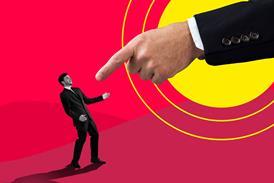


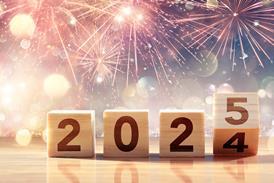


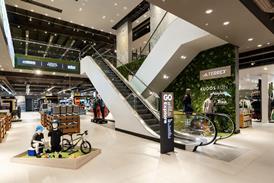




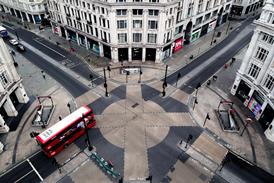









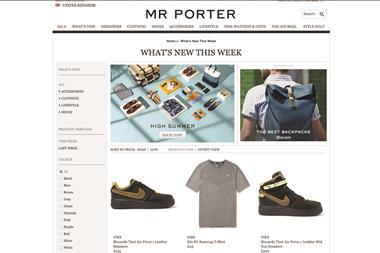
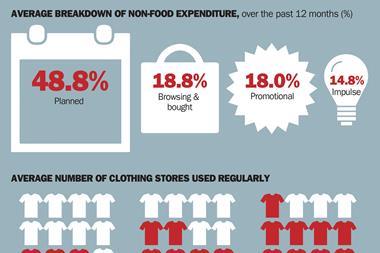

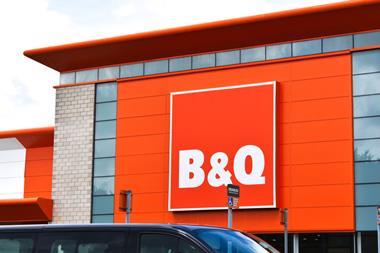
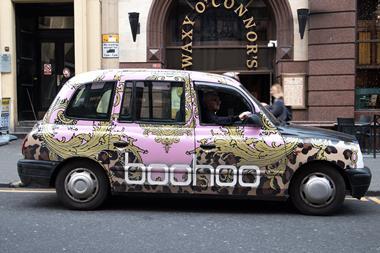

1 Reader's comment